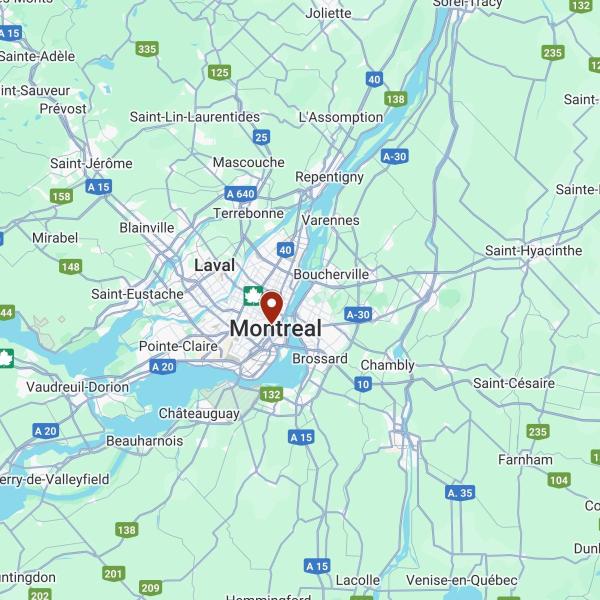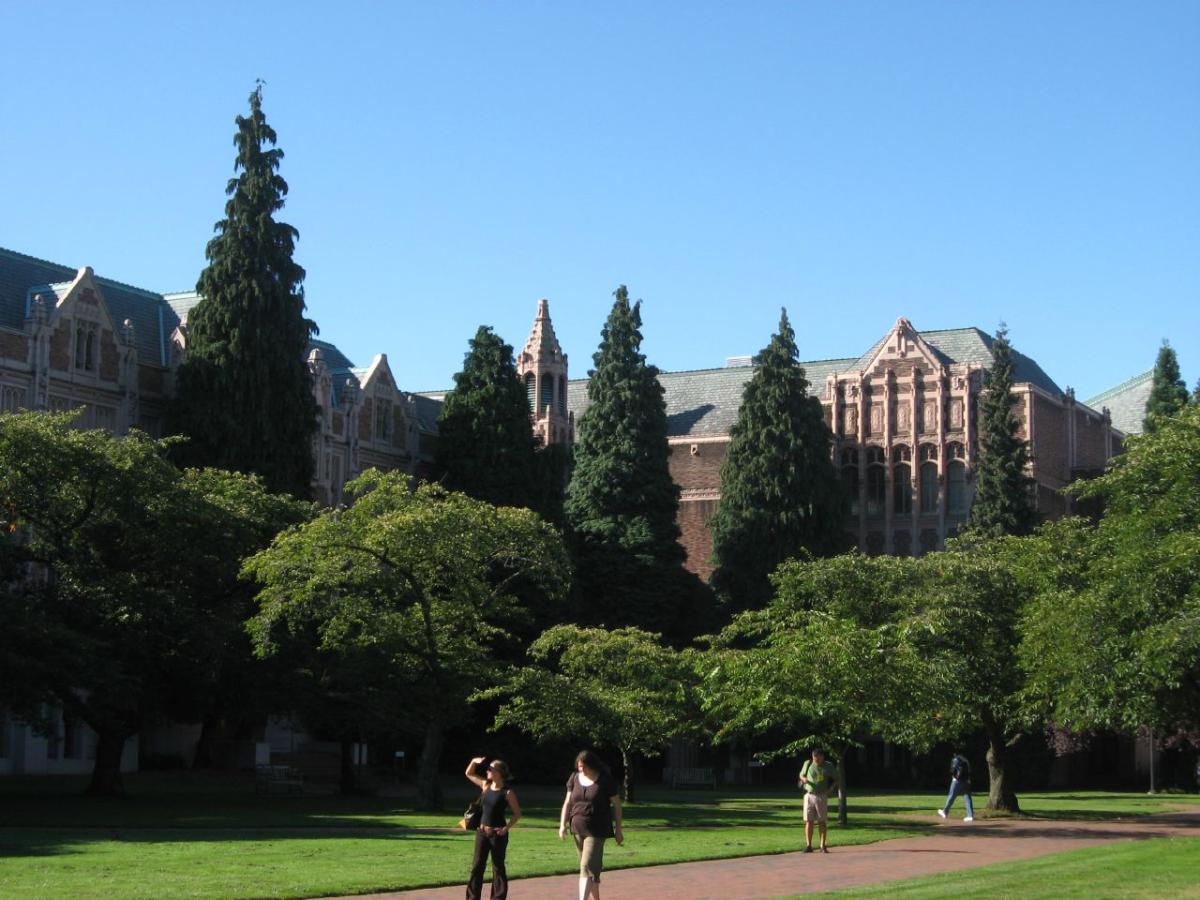McGill University


Location:
Montreal,
Canada
Language of instruction:
English
Tuition payable to:
UBC
Program website:
McGill University Exchange Website
Terms available:
Term 1, Term 2, Full year Term 1 + 2 (UBC Term 1 start)
Who can go?
- Exchange students can take coursework in most areas of study
- Students must have a minimum cumulative average of 73% to attend this university
- Students applying for Law must apply by the Round 1 deadline. This is to ensure they are nominated and can register for courses at the same time as McGill Law students.
When applying to Go Global:
- Law students: Select 'University of McGill-LAW'
- All other students: Select 'University of McGill-Uniwide'
Academic planning
Term dates
- UBC Term 1 (McGill Semester 1): Early September to late December
- UBC Term 2 (McGill Semester 2): Early January to late April
- UBC Full Year (McGill Semester 1 + 2): Early September - late April
Areas of study available:
- Arts
- Education
- Engineering
- Health Sciences
- Land and Food Systems
- Law
- Science
Course availability and restrictions
- Faculties not open to exchange students: Medicine, Dentistry, Continuing Studies
- Schulich School of Music: strongly recommends exchange students start in the Fall term
- School of Nursing: applicants must be from a U21 partner institution
- Architecture, Education, Law, Music, Management and Nursing students: must already be registered in the same degree program in their home university
- Engineering: limited spaces in Chemical, Civil and Mechanical disciplines
- Law: There is no strict French requirement for exchange students applying to the Faculty of Law. It is important for exchange students to know that the McGill program is a bilingual program and readings can be in either English or French and students can ask questions in either language. Please note that it is also possible to take a French as a Second Language course at McGill as part of your exchange.
- Students are permitted to take up to 1 course outside their admitted faculty if space permits and there are no restrictions
- Please research applicable course restrictions on the McGill University's exchange website
Course equivalency Formula
- Same as UBC credits
Course load Information
- Average course load: 4-5 courses (12-15 credits) per term
- Full year is normally 30 credits
Transfer credit
The transfer credit process takes approximately 16 weeks following each submission deadline. You should allow sufficient time to meet important deadlines that may affect you (e.g. application for graduation, registration in courses that require prerequisites that you took on exchange, entry to a major/honours program, etc.)
Student experience
Housing
Information on accommodation
Accessibility
Some destinations may be more accessible than others for students with disability-related accommodations. If you identify with having a disability or pre-existing health condition which could impact your participation, or if you require academic accommodation, please contact a Go Global advisor before applying to explore options that are best for you.
Equaldex
The Equality Index measures the current status of LGBTQ+ rights, laws, and freedoms.
Finances and funding
While you’re learning abroad, you remain a UBC student and are eligible for UBC awards, scholarships, and financial assistance.
- 15 credits or equivalent full-time program tuition per term, paid to UBC
Financial Planning
Awards & Scholarships
All students are automatically considered to receive either the Go Global Award ($1000) or Go Global Scholarship ($1500) for each term that they are abroad.
All awards and scholarships available through Go Global:
UBCV Students
UBCO Students
You might want to consider...
-

HEC Montreal
Montreal, Canada
-

University of Washington
Seattle, United States